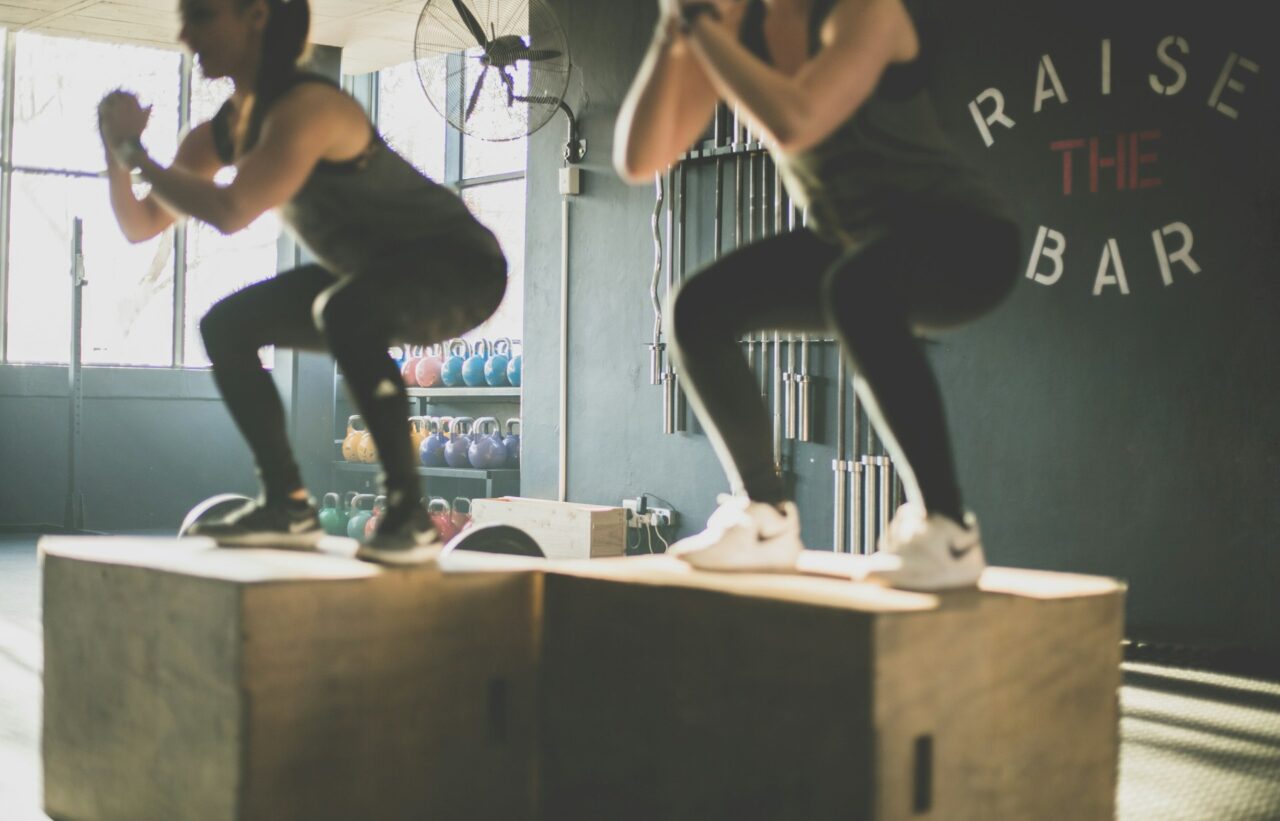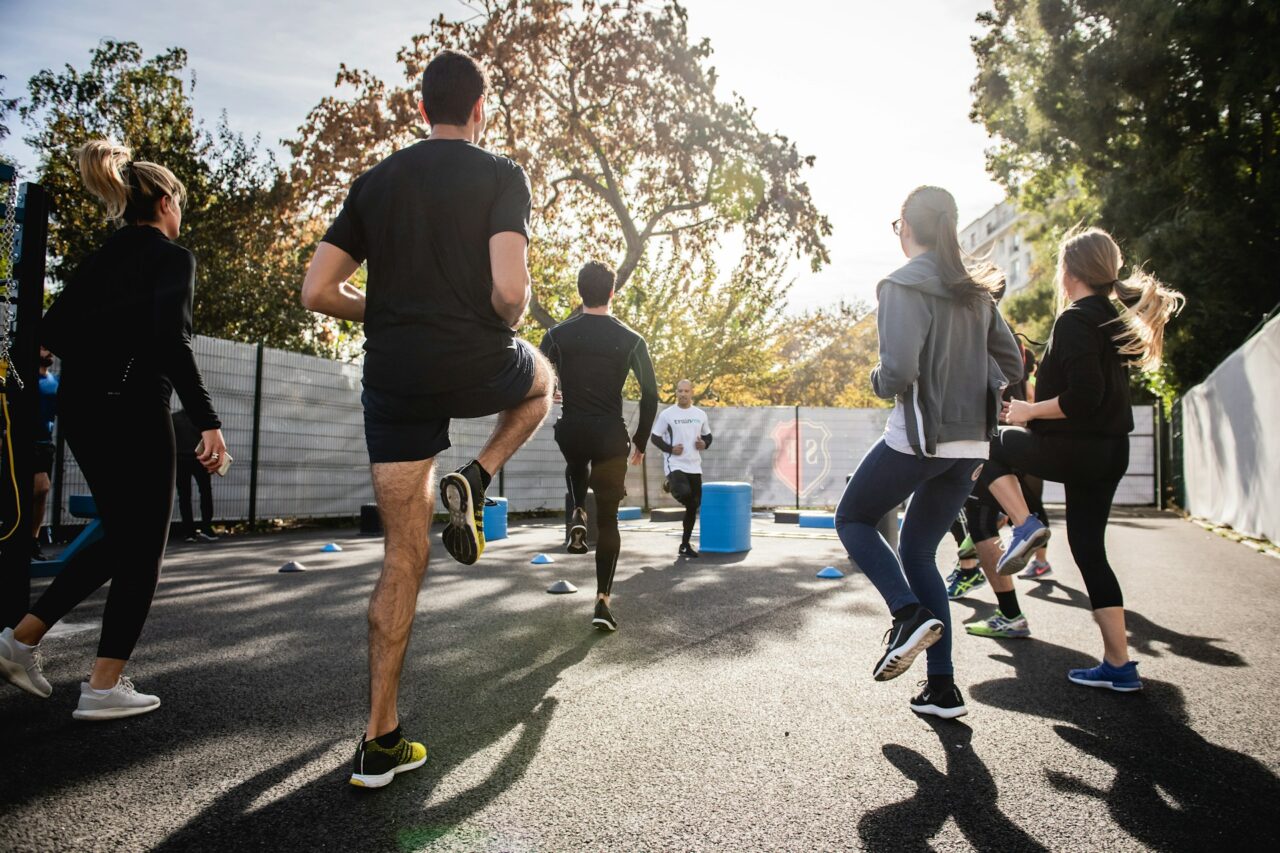Finding time for fitness can be hard, especially with a busy schedule. But adding little bits of exercise into your day is easier than you think. You don’t need to spend hours at the gym to stay fit. You can work out right at home, at your desk, or even while doing chores.
Starting your day with a quick workout can boost your energy. Simple morning exercises like stretching or light cardio can make you feel more awake. Incorporating fitness into your workday can also help. Take short active breaks, do desk exercises, or consider walking to work.
Evenings are another great opportunity to stay active. You can join family-friendly workout activities or set aside time for a gym visit. The key is to find what works best for you and make it a habit. Let’s explore some easy ways to fit fitness into your daily routine and keep you feeling your best!
Fitness Made Simple: Easy Ways to Stay Active Every Day
1. Start Your Day with a Quick Workout
Starting your day with a quick workout can energize your entire day. Simple morning exercises like stretching and light cardio can wake up your muscles and get your blood flowing. Try doing some jumping jacks, a few minutes of jogging in place, or basic yoga poses. These exercises are easy and don’t require any special equipment.
The benefits of stretching and light cardio in the morning are numerous. Stretching helps improve your flexibility and reduces the chances of injuries. Light cardio elevates your heart rate, which can make you feel more awake and ready to tackle the day. This routine can also boost your mood and mental clarity.
Creating a morning workout routine is simple. Set your alarm 15-20 minutes earlier than usual. Lay out your workout clothes the night before to save time. Start with easy exercises and gradually increase the intensity as you get more comfortable. Consistency is key, so try to make this a daily habit. This small change can have a big impact on your overall fitness.
2. Incorporate Fitness into Your Workday
It’s easy to become inactive during long work hours, but you can still incorporate fitness into your day. Desk exercises and stretches are a great way to stay active. Simple stretches like reaching for the sky, neck rolls, or seated leg lifts can keep your muscles loose and your mind focused. Doing these exercises during short breaks can make a big difference.
Taking active breaks is another excellent way to include fitness in your workday. Instead of sitting during your entire break, take a short walk. If possible, use the stairs instead of the elevator. Even standing up and moving around for a few minutes can help break the cycle of sitting too long.
Walking or biking to work can also make your day more active. If you live close enough, try to walk or bike instead of driving. This not only adds exercise to your day but also reduces stress and saves money on gas. If you use public transport, consider getting off a stop early and walking the rest of the way. These small changes can add up to a healthier lifestyle.
3. Make the Most of Your Evenings
Evenings are a great time to unwind and include fitness into your routine. Engaging in evening fitness activities can help you relax after a long day. You might enjoy a brisk walk around your neighborhood or some gentle yoga. These activities help reduce stress and promote a good night’s sleep.
Family-friendly workout ideas can also make your evenings more enjoyable. Try going for a bike ride with the kids or playing a sport in the backyard. This not only gets everyone moving but also strengthens family bonds. It can be fun to have a dance party in the living room or do a quick workout video together.
Setting aside time for a gym visit or personal training session can be very effective in the evenings. This dedicated time can make sure you stick to your fitness goals. It’s a great way to focus on your health without the distractions of the day. Plan your gym visits for quieter times if you prefer less crowded environments.
4. Creative Ways to Stay Active Throughout the Day
Staying active all day is easier with a fitness tracker. These devices can help you set and reach daily goals. They remind you to move throughout the day, track your steps, and monitor your heart rate. Seeing your progress can motivate you to stay active.
Turning household chores into exercise is another creative way to stay fit. For example, vacuuming and mopping can be a great workout. Put on some music and turn cleaning into a dance session to make it more fun. Gardening, lifting laundry baskets, and scrubbing the floors can all help you burn calories.
Integrating fitness with hobbies and leisure activities is also effective. If you like watching TV, try doing simple exercises during commercial breaks. Join a local sports team or take up dancing. Combining fitness with something you enjoy makes it easier to stick with it. You’ll stay active without it feeling like a chore.
Make Fitness a Daily Habit with These Easy Ideas
Including fitness in your daily routine doesn’t have to be hard. Whether it’s starting your day with simple exercises, incorporating activity into your workday, or making the most of your evenings, there are many easy ways to stay active. Creative approaches like using a fitness tracker, turning chores into exercise, and blending fitness with your hobbies can keep you moving throughout the day.
Northeast Health and Fitness can help you find the best ways to include fitness in your life. Small changes can make a big difference in achieving your fitness goals. Ready to make fitness a part of your daily routine? Discover how our health and fitness gym in Quincy, MA, can support your journey to a healthier lifestyle.





